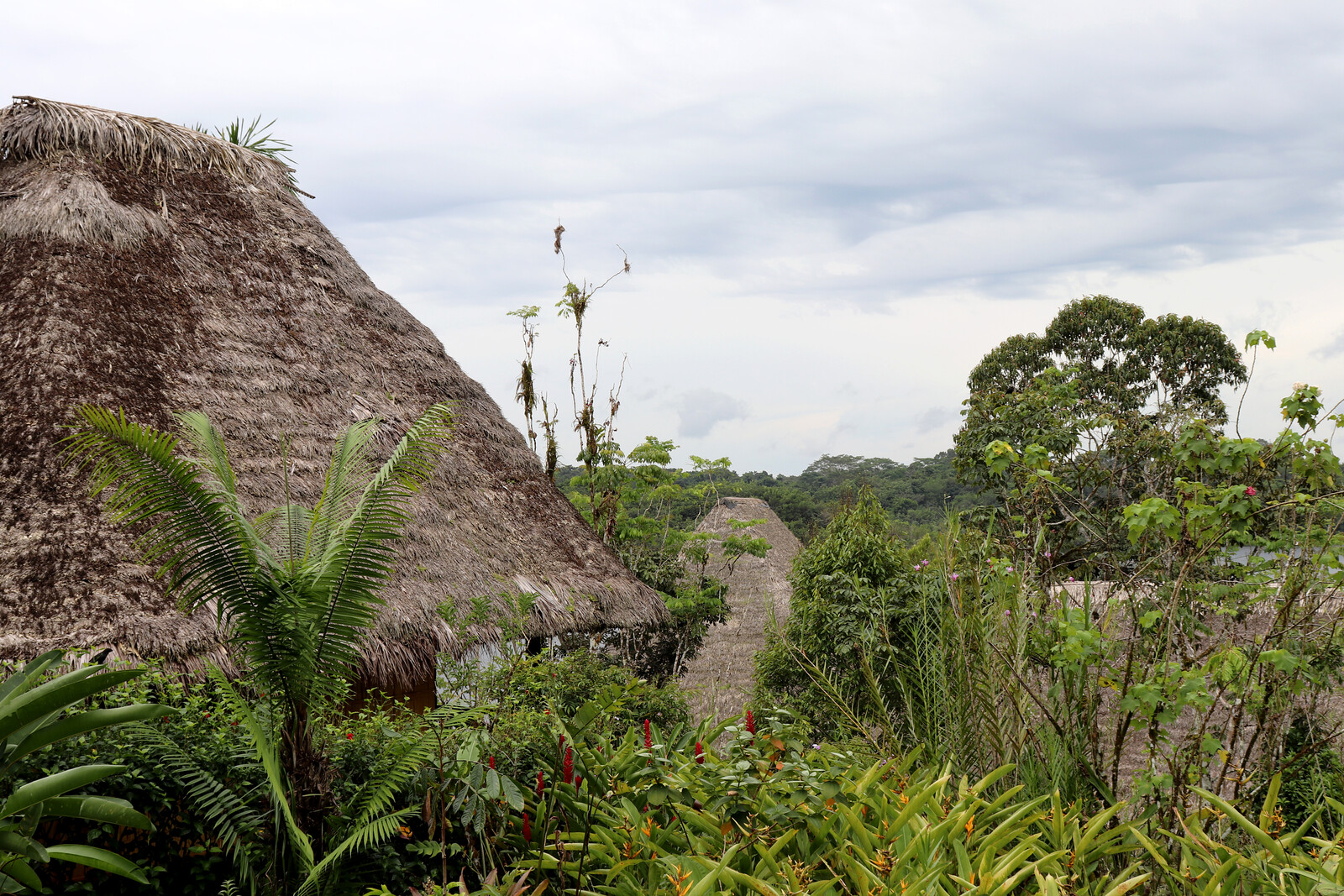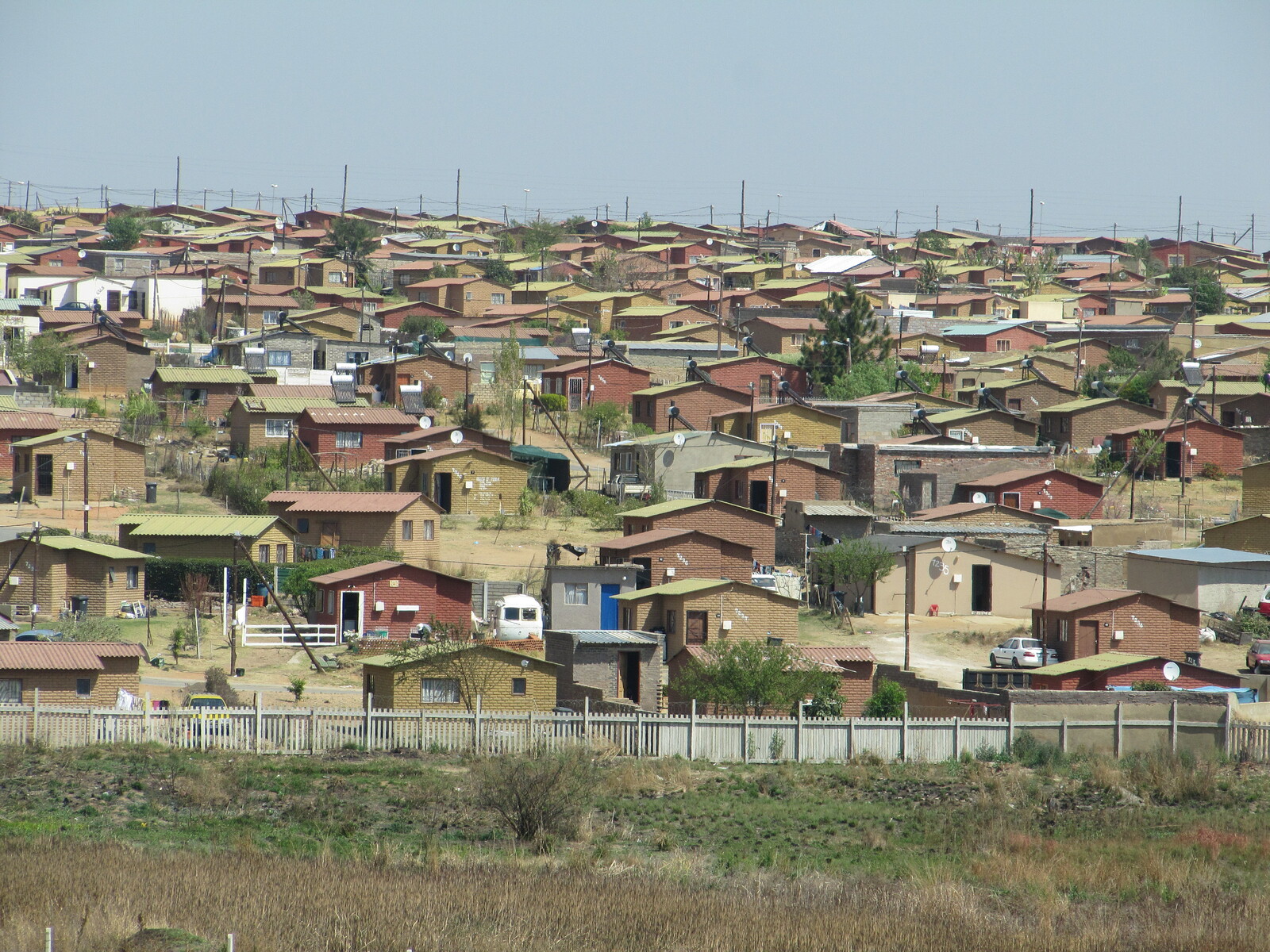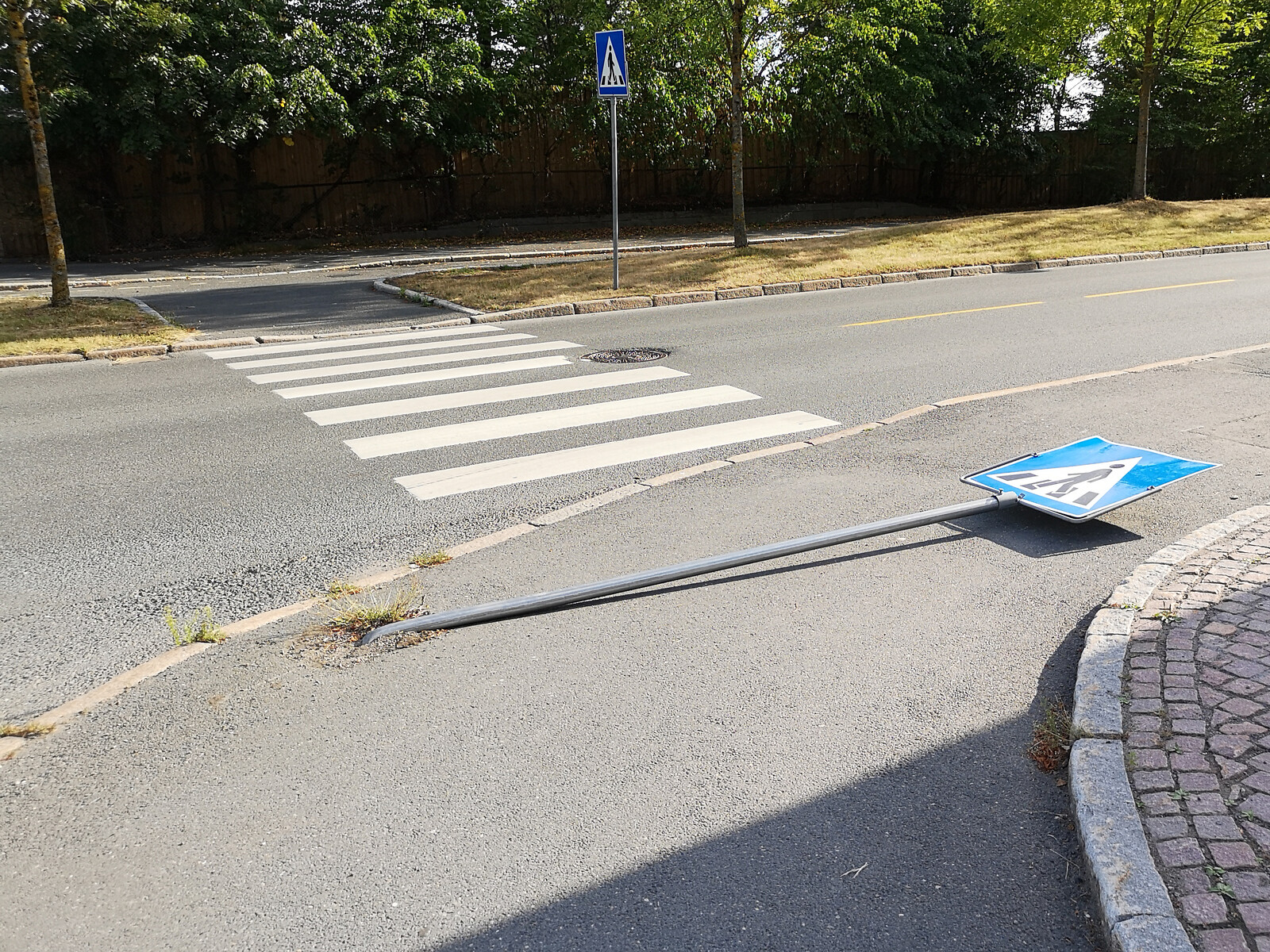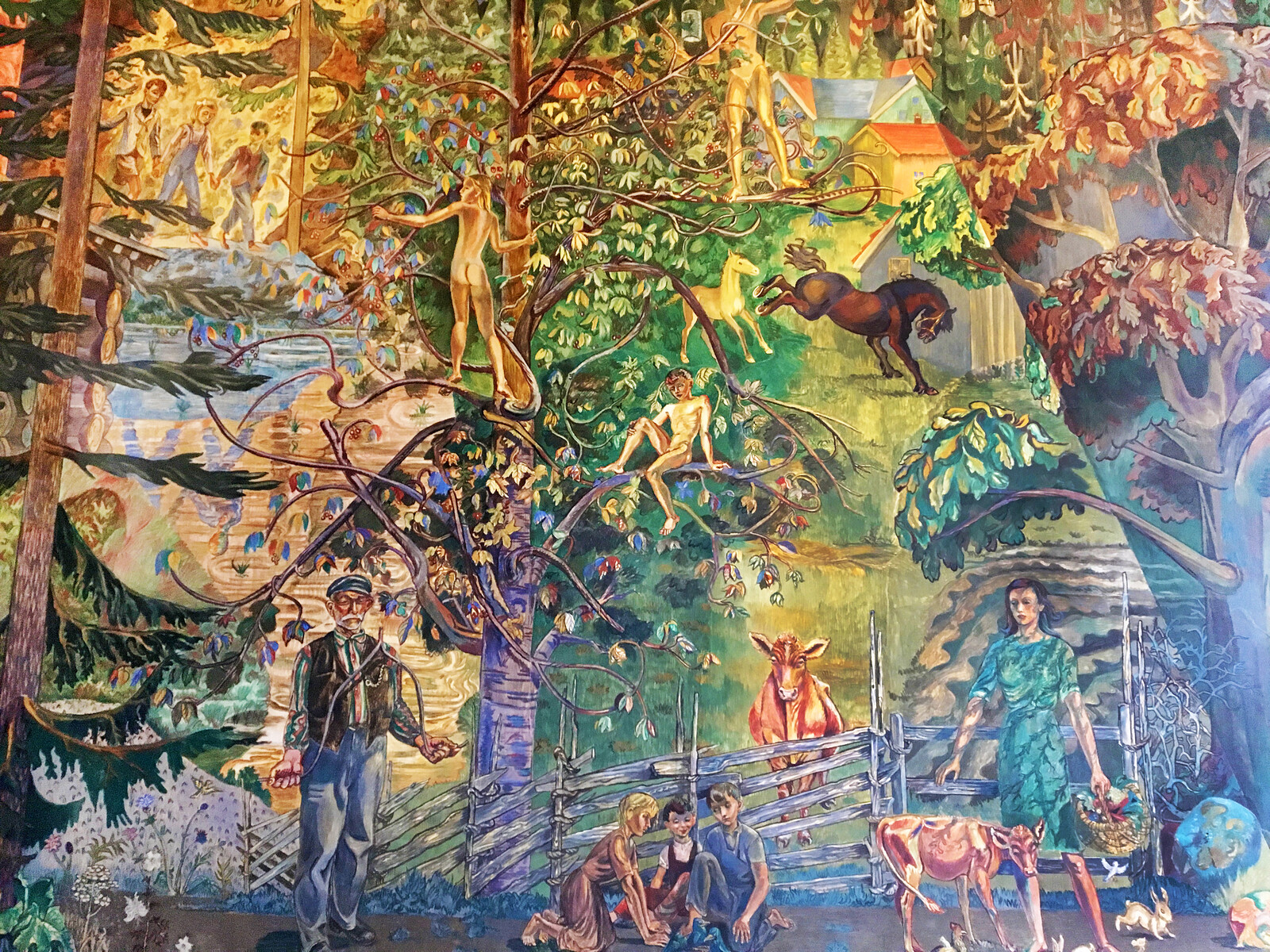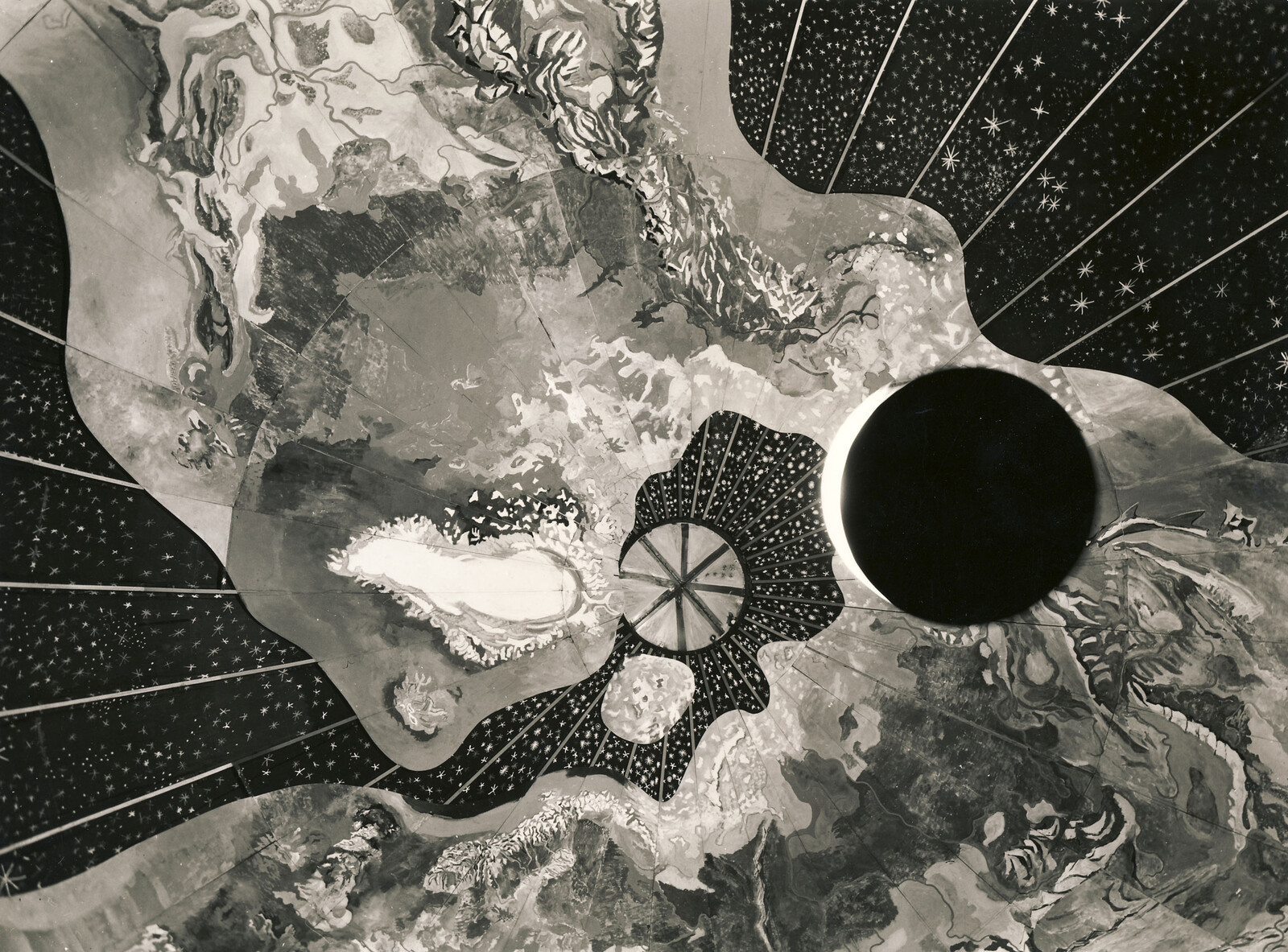Overgrowth is a collaboration between e-flux Architecture and the Oslo Architecture Triennale within the context of its 2019 edition, curated by Interrobang, Phineas Harper, and Cecilie Sachs Olsen, featuring contributions by Ingerid Helsing Almaas, Peter Buchanan, Ana Maria Durán Calisto, Aileen Aseron Espíritu, Catharina Gabrielsson, Indy Johar, Ateya Khorakiwala, Penny Koutrolikou, Helena Mattsson, Joar Nango, Edgar Pieterse, David Pinder, Anna Puigjaner, Matthias Schuler, Territorial Agency, Anja Thierfelder, Angelos Varvarousis, and more.
From birth to puberty, hamsters double in size each week. If this rate of growth continued, by its first birthday, a hamster would weigh nine billion tons, capable of consuming the entire global corn crop within less than a day. Even before humankind first saw a photograph of the whole Earth and the Club of Rome met to write about its limits, we have long known that infinite growth is impossible. Yet the critique of growth has fueled powerful reactions that have taken place both in and to our built environments, from deregulation and degradation to speculation, derivation, and exclusion. Architects and urban practitioners, toiling daily at the coalface of economic expansion, are complicit in the perpetuation of growth. They are also in a unique position to contribute towards a move away from it.
It is increasingly easy to find consensus around alternative values to money and wealth, such as happiness and wellbeing. However, the power of capitalism is such that these protagonists are easily neutralized by treating them as commodities and reframing them as merely another flavor of economic growth, as “good for business.” Art and culture become creative industries; scientific innovations become national exports; social networks become advertising markets; psychological therapy becomes professional coaching; architecture and design becomes surplus value. The belief that the end goal of society is, and must always be, economic growth co-opts everything in its path.
Cracks in the paradigm of growth are becoming increasingly difficult to ignore, and the warnings that we need to do something about it ever louder. The 2018 Intergovernmental Panel on Climate Change Report warns that a global mean temperature rise of 1.5° is the “tipping point” for global catastrophe and that at the current rate we’re on, we only have twelve years to do something about it. Yet who is this “we” that can afford 1.5°? For as Lumumba Di-Aping, chief negotiator for the G77 nations argued at the 2009 United Nations Climate Change Conference, a global mean rise of 2° will bring a 3.75° temperature rise and disastrous effects to more hemispherical latitudes.
The hegemony of growth is often addressed pessimistically—that there is not enough coordinated will or incentive to enact the scale of change needed. Yet as the work of 2018 Nobel Prize in Economics laureate William D. Nordhaus demonstrates, addressing climate change can be both affordable and local. But to what extent can the crises of growth be effectively addressed with the very categories (“affordability”) and mechanisms (“locality”) which brought them about in the first place? What new concepts, vocabularies, and narratives might be needed to expand the ways in which growth can be confronted?
Climate change is just one consequence of being unable to imagine, let alone bring about the end of growth. The question of housing still has yet to be answered, while issues of availability, affordability, quality, and location only intensify with the sustained deregulation of real estate markets all over. Poverty persists in the world’s most vulnerable communities, and economic inequality only widens. An ageing population throws local economies into crisis, while social care and support networks are eroded from the top-down and bottom-up. On top of all of this, bodies continue to do what they have always done: move in search of a new life, be it from the countryside to the city or from one part of the globe to another, no matter by choice or by necessity.
As the drivers of growth begin to reveal their inadequacies for sustaining life, we must imagine alternative societal structures that do not incentivize unsustainable resource and energy use, and do not perpetuate inequality. Here we can look to degrowth, a movement that contests the supremacy of economic growth and seeks to move away from its stressful, damaging, and ultimately impossible task; not by collapse, but by design. Working on the frontline of capitalism, it is through architecture and urban practice that alternative values, systems, and logics can be manifest in built form and inherited by generations to come.
This series of texts will explore the challenge of growth-based cities and test bold alternatives for the architecture of a new cultural economy. What can architecture be when buildings are no longer instruments of financial accumulation? What kinds of spaces are built for cultivation, rather than extraction? What materials and technologies will be used when we can no longer afford value engineering? How will the architect of tomorrow will play a meaningful civic role in the creation of new building types, urban morphologies, social habits, and cultural practices? How will cities be formed when it is human and ecological flourishing that matter most?
Overgrowth is a collaboration between e-flux Architecture and the Oslo Architecture Triennale within the context of its 2019 edition, and is supported by the Nordic Culture Fond and the Nordic Culture Point.
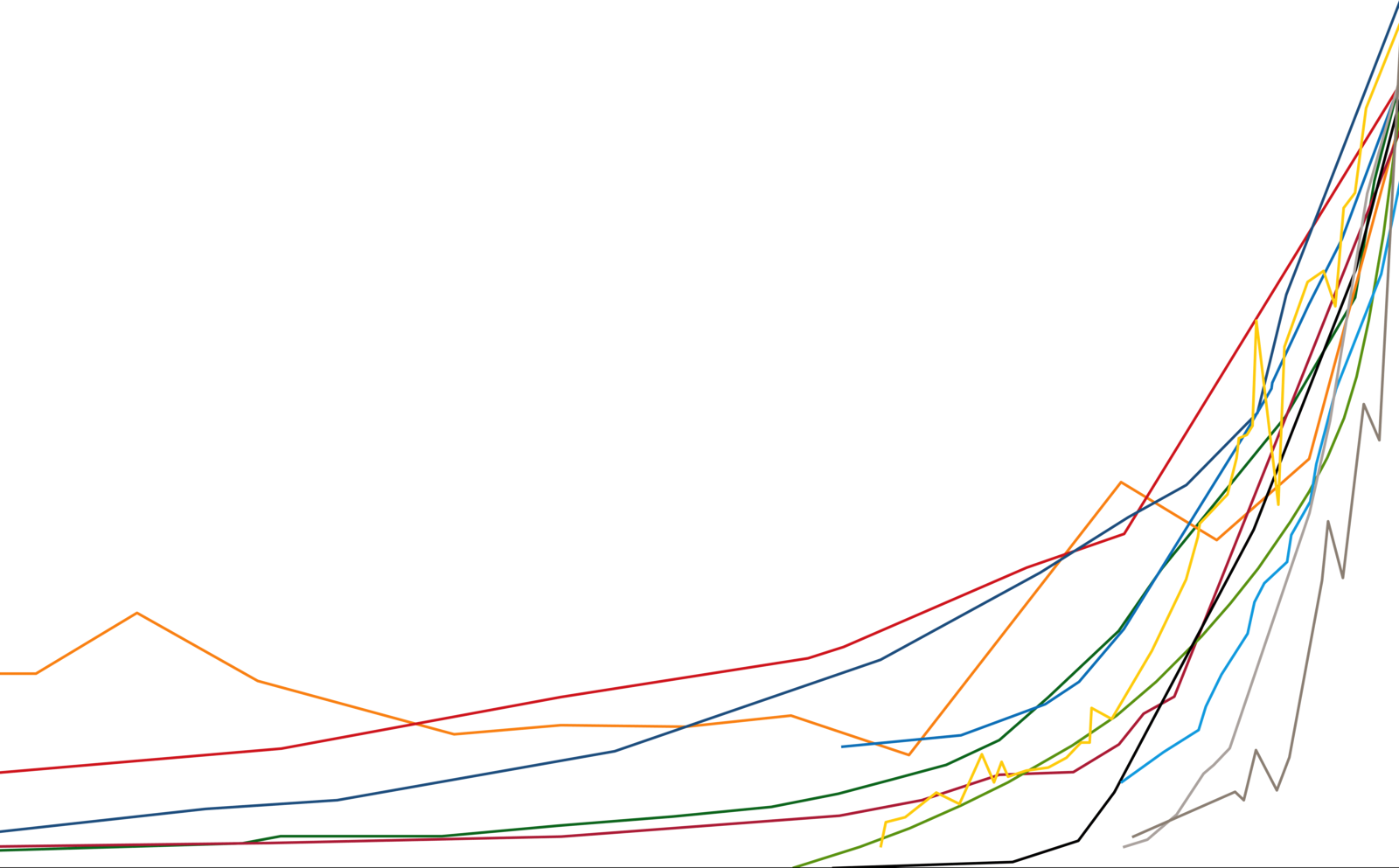




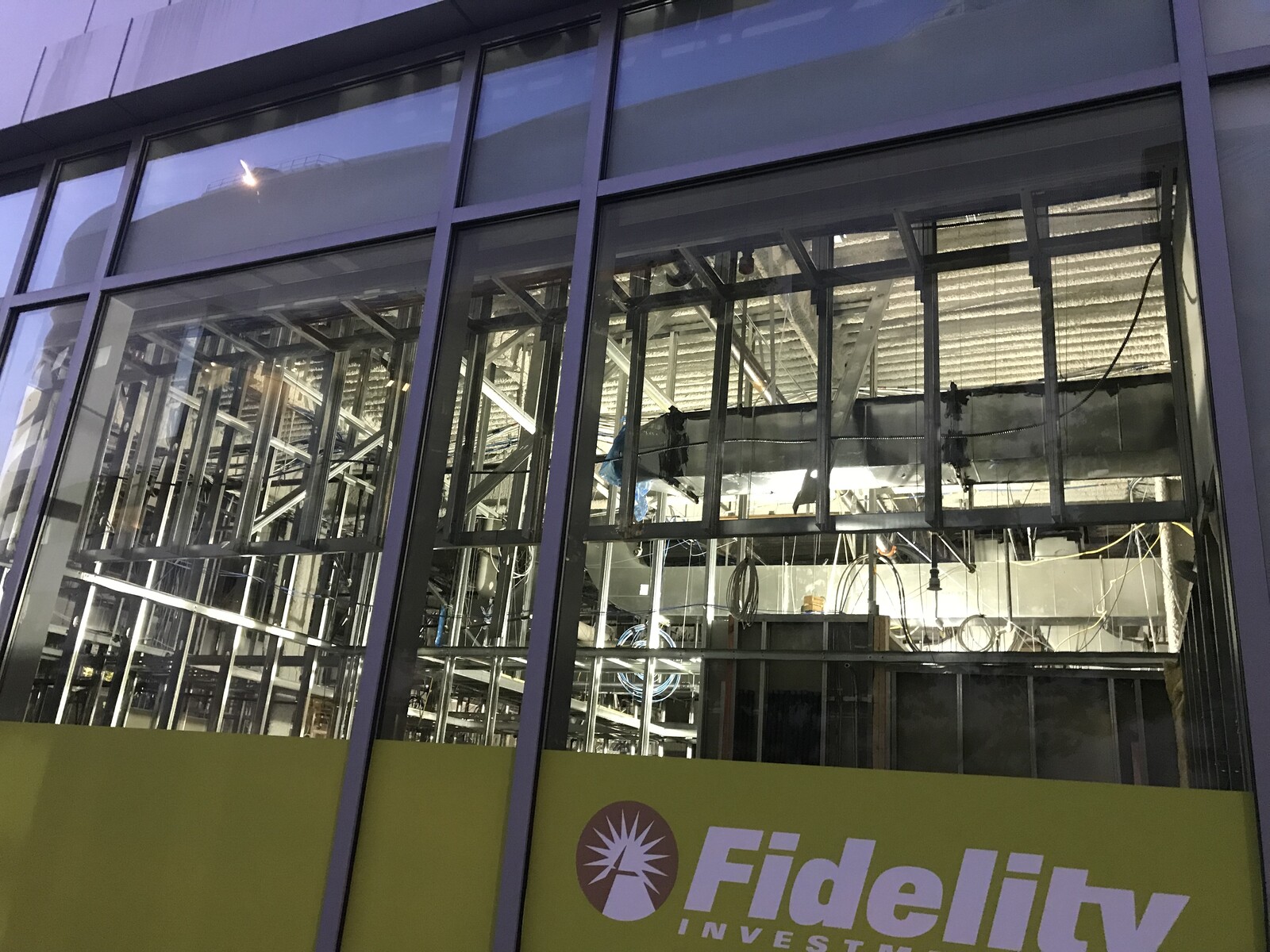

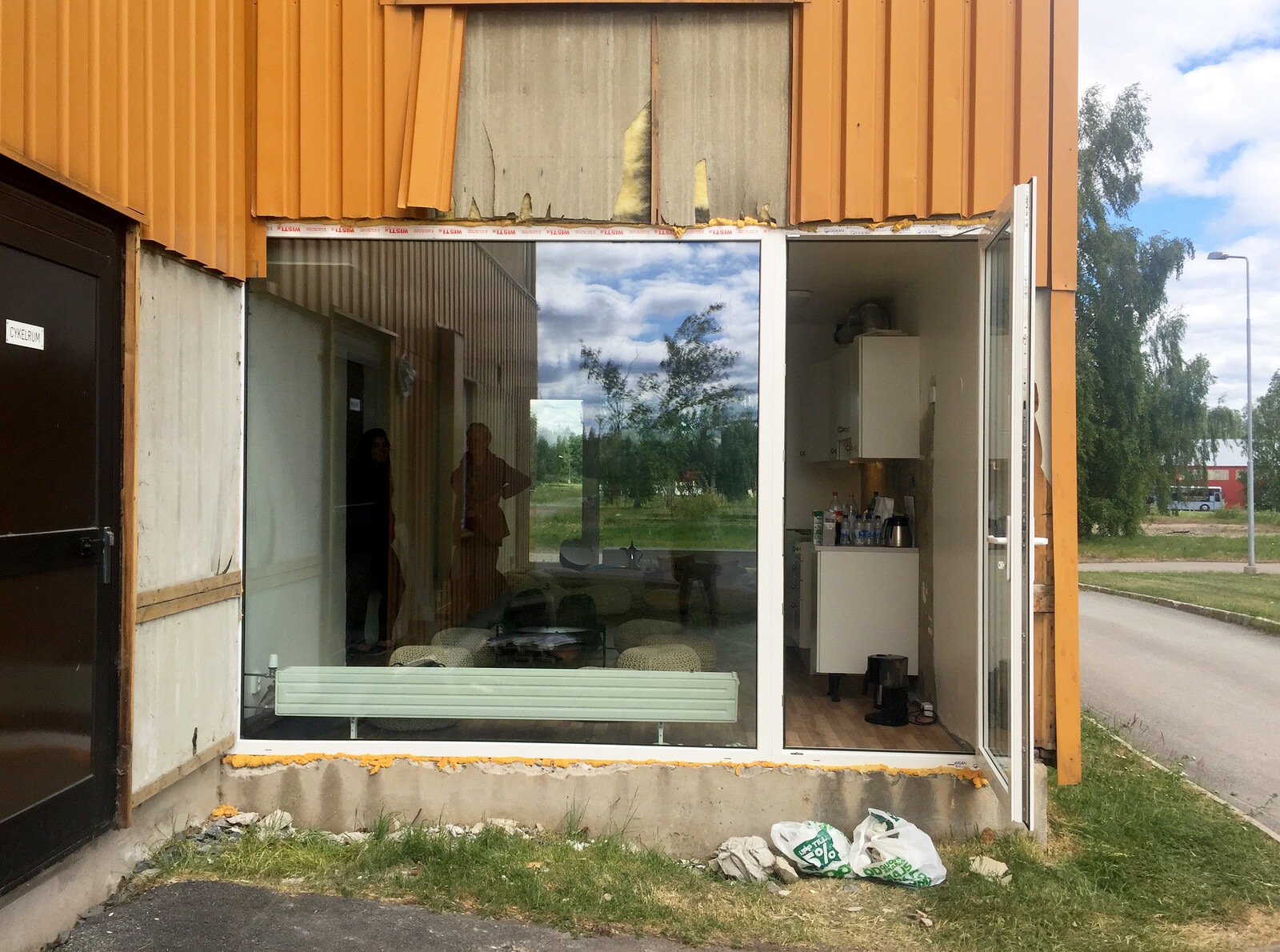


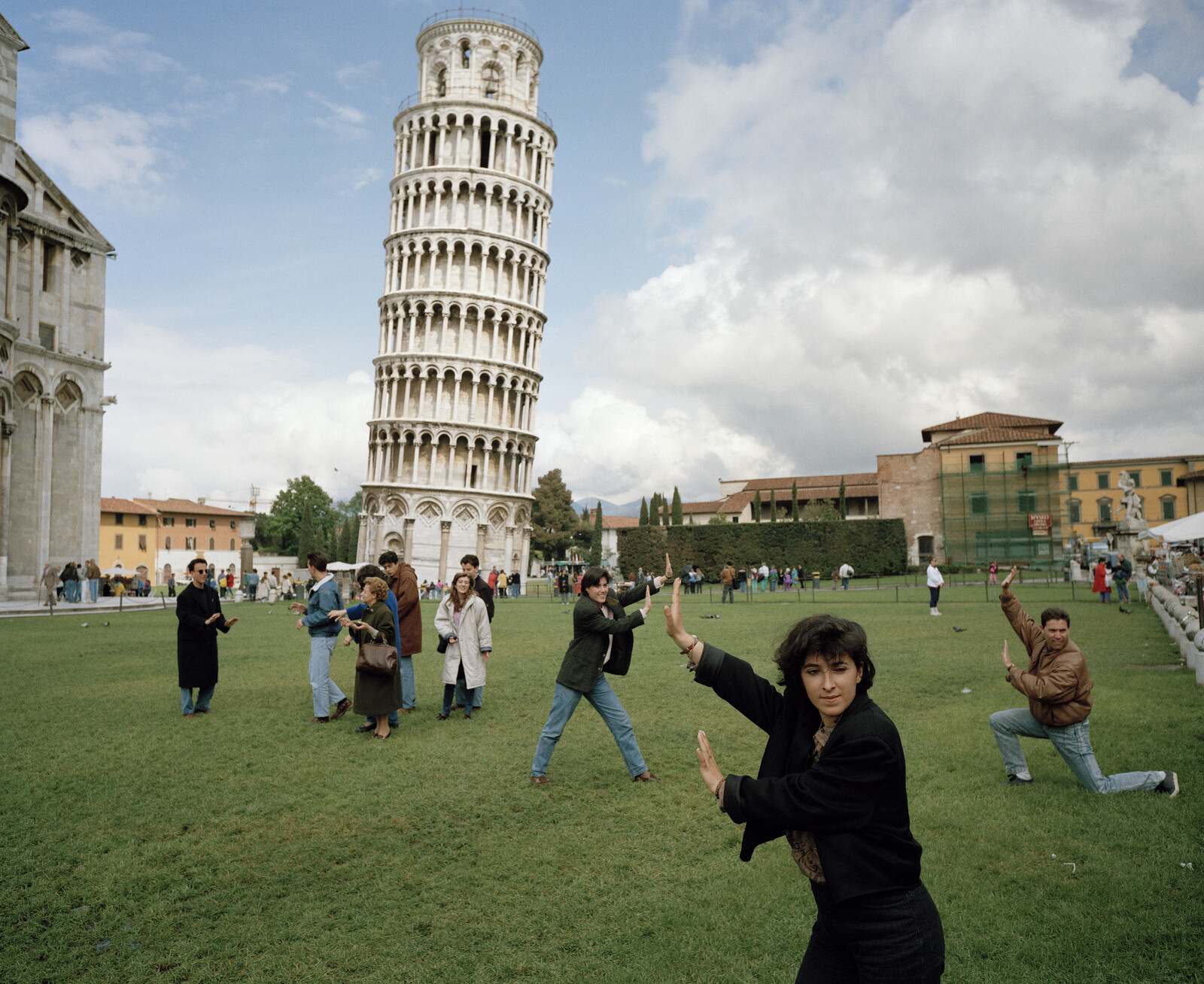

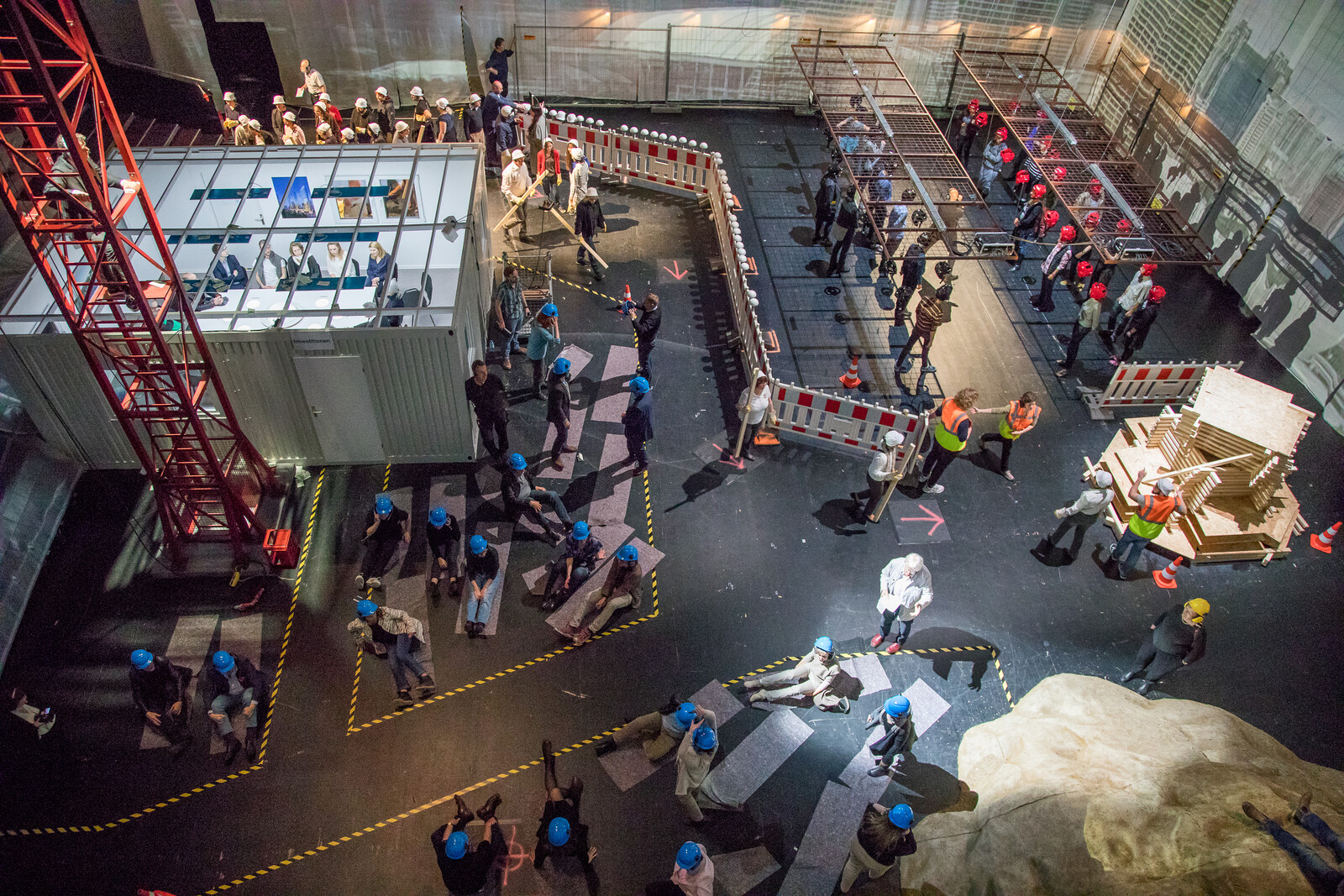

.jpg,1600)

.jpg,1600)
